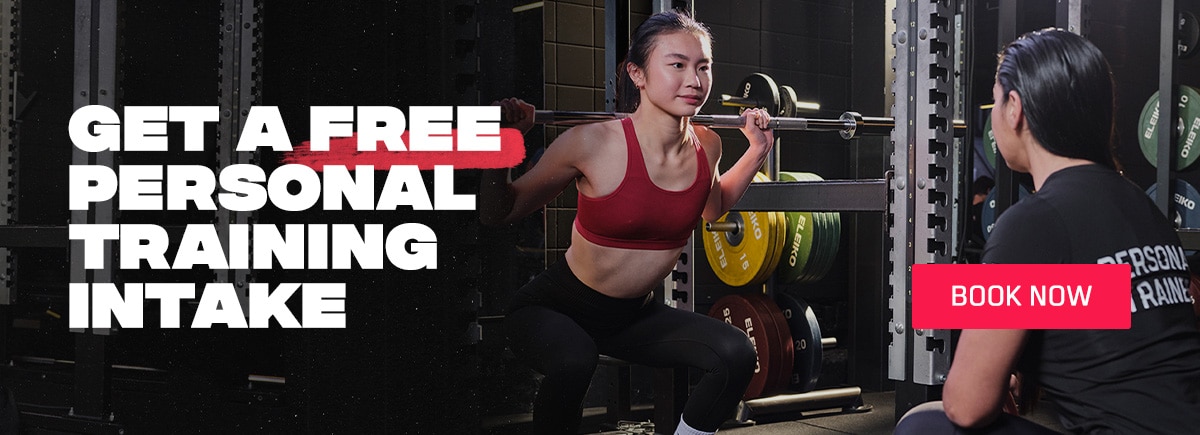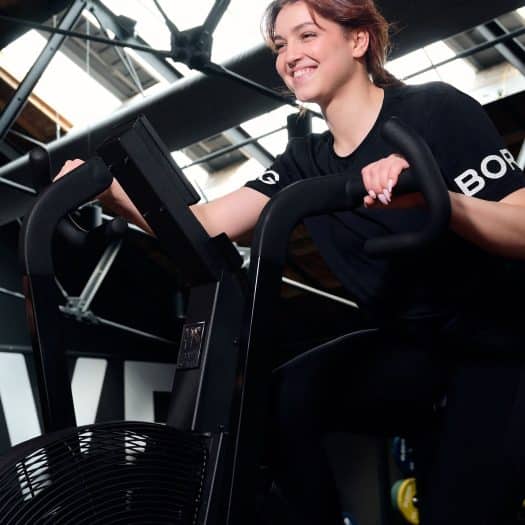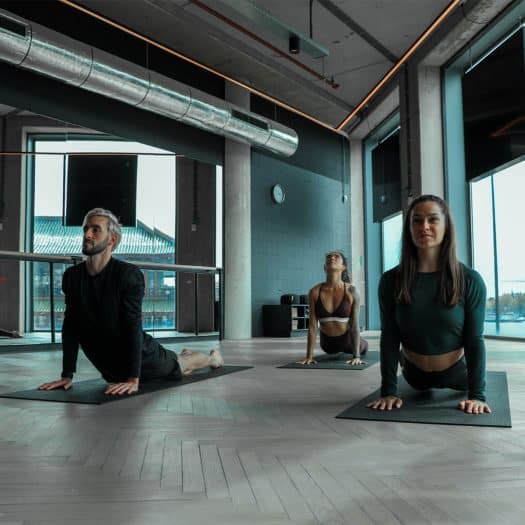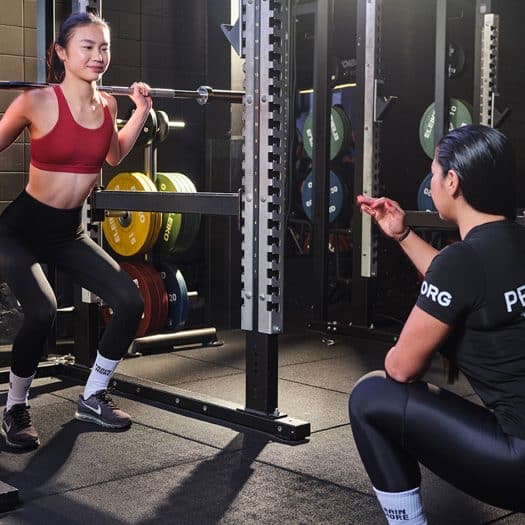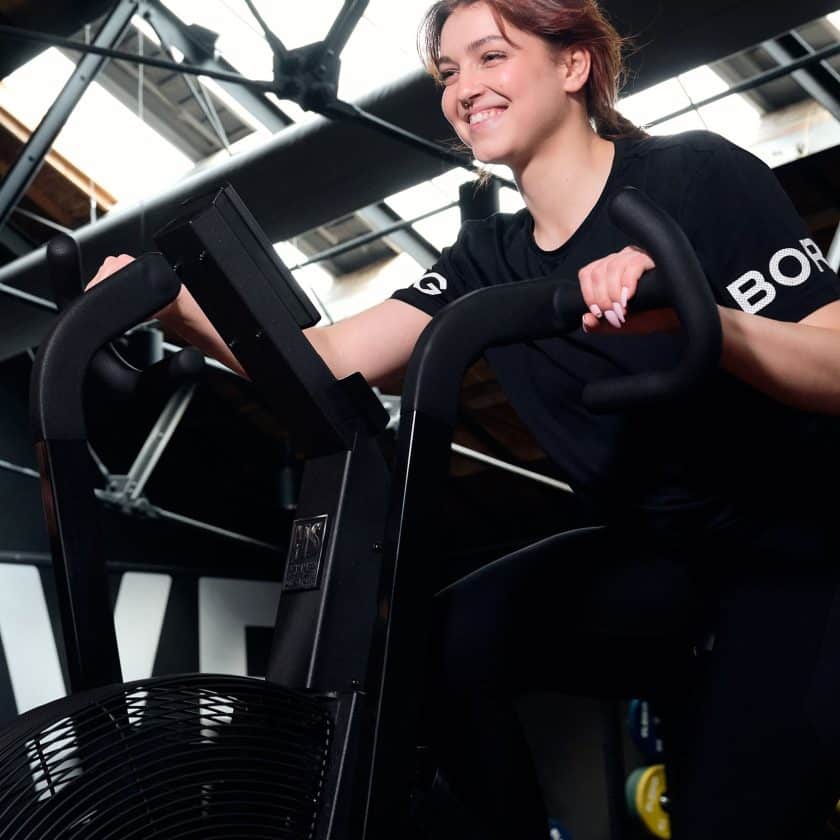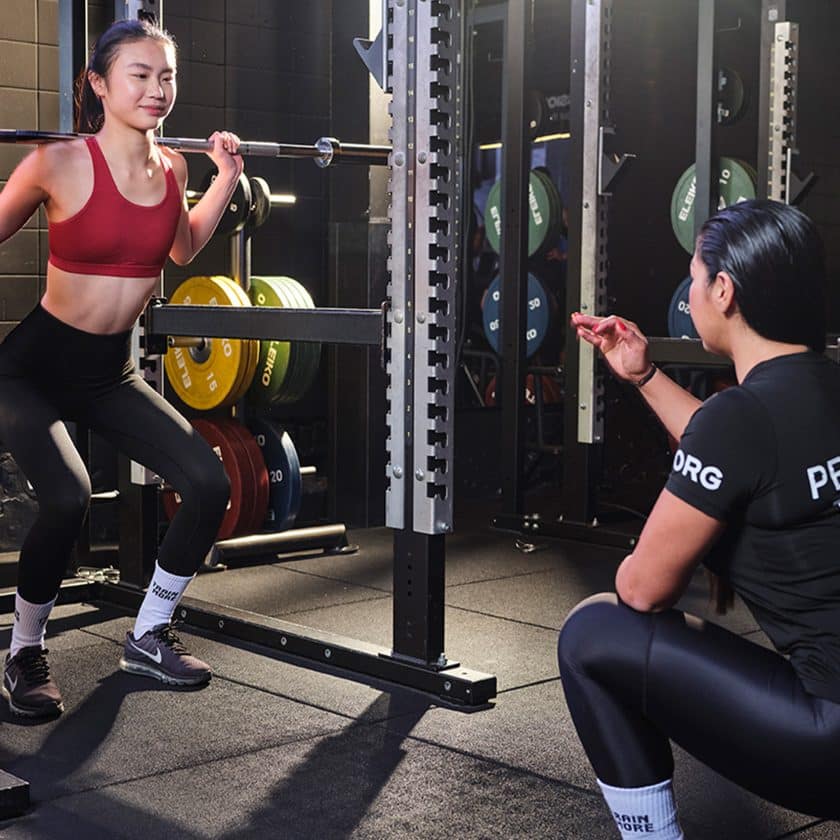How Many Exercises, Sets, and Reps Should You Do Per Workout? - The Ultimate guide
So, you've hit the gym with a burning desire to get fit, and now you find yourself pondering a common question: How many exercises, sets, and reps should you do per workout? We get that. Everyone seems to be doing something differently in the gym, so who is right?
Fear not, gym-goer, because we're here to break it down for you in this ultimate guide. Say goodbye to confusion and hello to gains!
Finding Your Magic Number
Let’s face it – we all want to get the most out of our workouts. But figuring out the ideal number of exercises, sets, and reps can feel like solving a complex mathematical equation. Well, worry not, because we’re here to simplify things for you with the steps you find below!
Exercise Selection: Quality Over Quantity
The number of exercises you should include in your workout depends on your goals, fitness level, and the time you have available. However, remember that quality always trumps quantity. Instead of trying to fit in every exercise under the sun, focus on compound movements that target multiple muscle groups. Squats, deadlifts, bench presses, and pull-ups are some stellar examples.
Sets and Reps: Building the Foundation
When it comes to sets and reps, it’s crucial to strike a balance between challenging your muscles and avoiding burnout. For beginners, starting with 2-3 sets of 8-12 reps per exercise is a solid foundation. This rep range allows you to build strength, improve endurance, and develop proper form.
Once you’ve gained more experience in exercising and going to the gym, it’s time to fine-tune your set and rep scheme for even greater gains. For intermediate to advanced athletes, incorporating 3-5 sets per exercise can be more effective. The increased volume helps to stimulate muscle growth and strength development.
While the rep range can still encompass 8-12 reps, don’t be afraid to explore different rep schemes, such as the previously mentioned lower rep ranges for strength or higher rep ranges for muscle endurance.
Additionally, implementing periodization strategies, like cycling through different training intensities and rep ranges, can prevent plateaus and keep your progress on an upward trajectory. Remember, as an experienced lifter, consistency, proper technique, and listening to your body remain key components of a successful and rewarding fitness journey.
Progressive Overload: Pushing Your Limits
Once you’ve mastered the basics, it’s time to level up and embrace the concept of progressive overload. This means gradually increasing the weight, reps, or sets to challenge your muscles and continue making gains. So, if you’re aiming for muscle growth, consider moving towards 3-4 sets of 6-8 reps with heavier weights. For endurance training, go for higher reps (12-15) with lighter weights.
Listen to Your Body
While these guidelines provide a solid starting point, always remember that fitness is a personal journey. Your body knows best! Pay attention to how it responds to different sets and rep schemes. If a certain combination feels too easy or overly taxing, make adjustments accordingly. Experimentation and fine-tuning are key to finding what works best for you.
Time Management: Maximizing Efficiency
In our fast-paced world, time is of the essence. If you’re short on time but still want an effective workout, consider incorporating supersets or circuit training into your routine. Supersets involve performing two exercises back-to-back with little to no rest, targeting different muscle groups. Circuit training involves completing a series of exercises with minimal rest between each set. These techniques help maximize efficiency and keep your heart rate up for an added cardio boost. Want more tips about making your workouts more effective? Then check out this blog in which we share our best tips!
Rest and Recovery: The Unsung Heroes
Remember, muscles grow and repair during rest and recovery periods. Allow yourself ample time to recover between workouts, especially if you’re targeting the same muscle groups. Aim for at least 48 hours of rest before training the same muscles again. This way, you’ll minimize the risk of overtraining and optimize your gains.
Wrap up
There you have it, our comprehensive guide on how to determine the number of exercises, sets, and reps for your workouts. Remember, it’s not about trying to fit a mould or adhering to a one-size-fits-all approach. Customize your routine to fit your goals, preferences, and individual needs.
If you want help with figuring out what is your sweet spot, let one of our Personal Trainers help you. As a TrainMore member, you get a free welcome session with one of our PT’s. You can sign up for your free session here.
Anyways, go and nail your fitness journey armed with this newfound knowledge. And always keep in mind that consistency, dedication, and a touch of patience will lead you to the gains you desire. Happy sweating!
